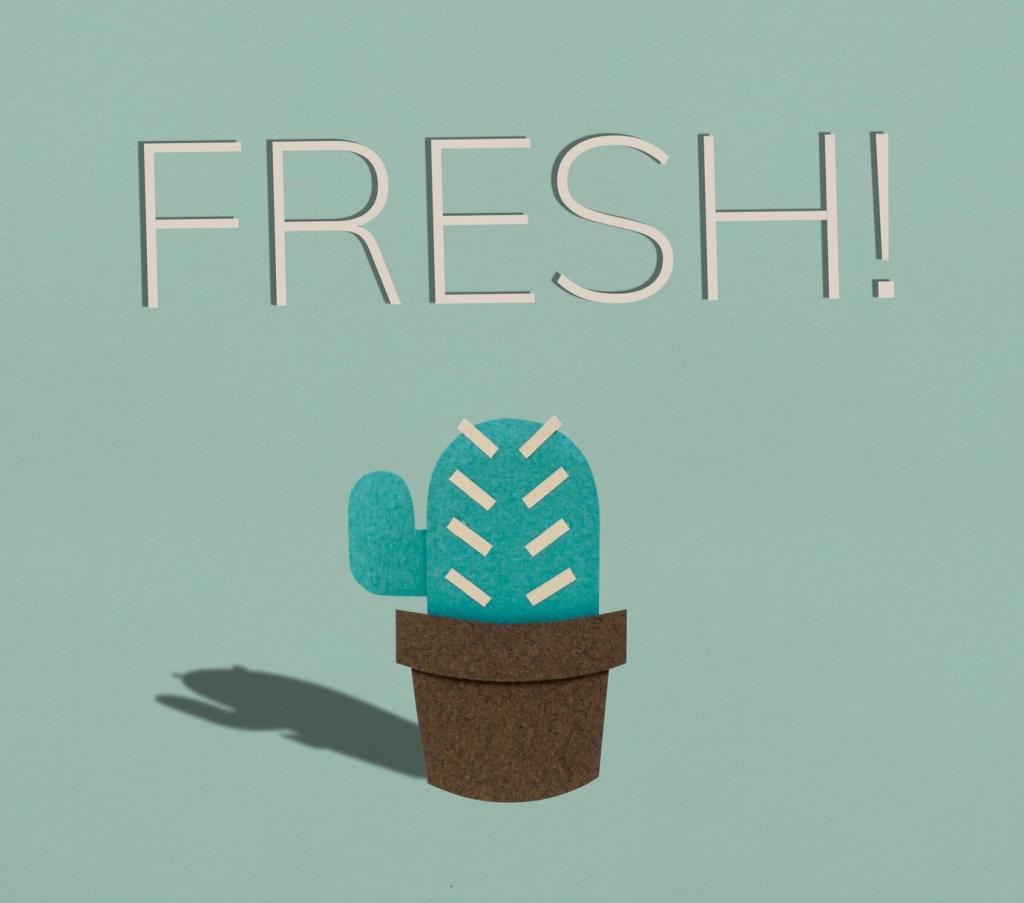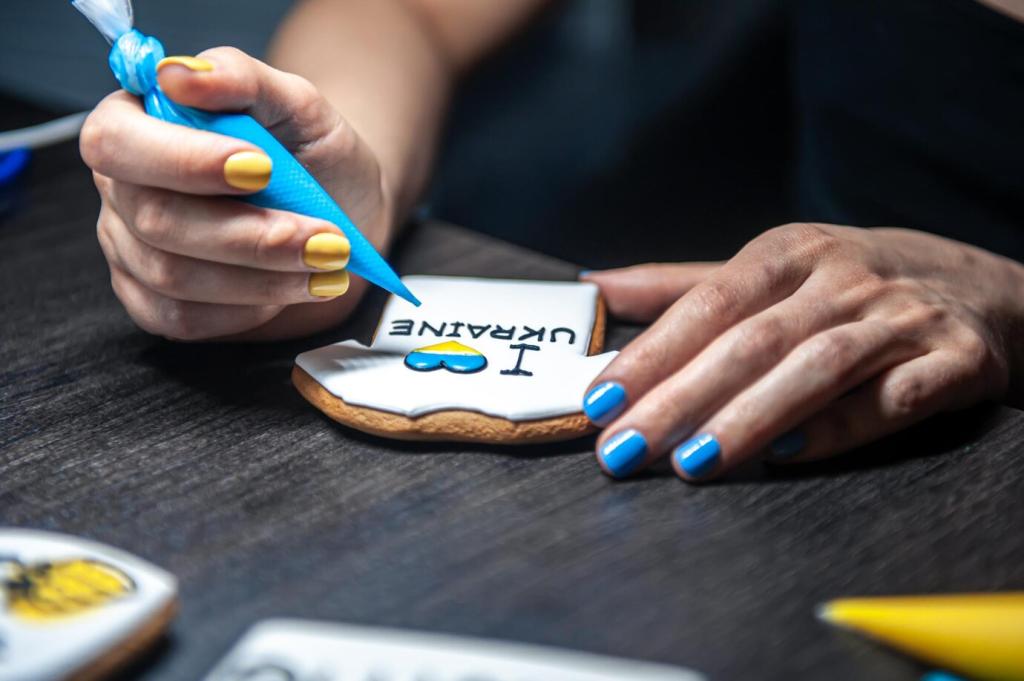Visual Identity: Culture, Color, and Type
Design a mosaic of genuine study scenes: conversation circles, tutor screenshares, and community events. Avoid stereotypes by focusing on real classrooms and city life. Invite readers to share tips for sourcing inclusive imagery that matches their languages and regions.
Visual Identity: Culture, Color, and Type
Combine a warm humanist sans for body text with a confident, legible headline face. Use consistent numeral styles for levels A1–C2. Readers: which pairing helps your learners feel both welcomed and assured about academic rigor without becoming stiff?






